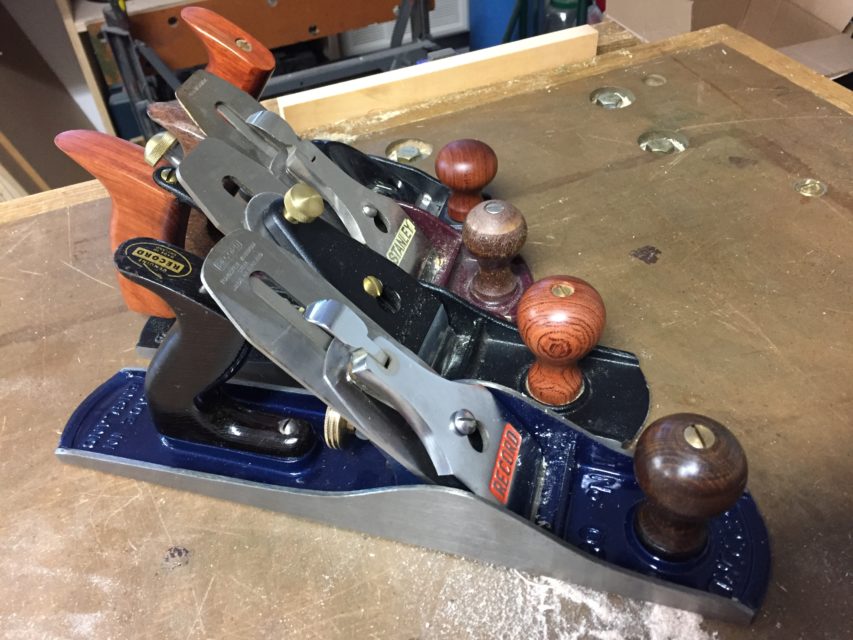At According to Hoyt, Amanda S. Green is doing a deep dive on Thomas Sowell’s book Black Rednecks and White Liberals. In this installment, she discusses the history of African-Americans from first arrival in the early 1600s to the post bellum exodus from former slave states to the northern cities:
If you were to ask most anyone how African-Americans first came to the United States, you’d be told they came as slaves. Thanks to our schools and public misconception, we are not taught about those who came as indentured servants. Of course, we aren’t taught about the whites who came over in similar circumstances. To be honest, it is something I learned the hard way when I was in school too many years ago to count. I made the mistake of asking about indentured servants in a history class and being told such things hadn’t existed here in the States, at least not for whites. Funny, I have the original handwritten advertisement that had to be published notifying the people of New Jersey that my own ancestors had fulfilled the terms of their indenture and were now free persons.
That is a part of our history, be you speaking about black or white history, we have chosen to forget. Unfortunately, that has led to more than a little “confusion” about our nation and problems we still encounter today.
The first misconception that needs to be shattered is that blacks first came to America as slaves. That’s wrong. The first Africans brought to Colonial Virginia in 1619 came as indentured servants, a status shared by a number of whites. (BRAWL, pg. 41) This status of being “indentured” meant they could work off their indenture or buy it out. Once they had, they became free persons. The first law recognizing perpetual slavery was passed in 1661 in Virginia. (Note, this is part of the “red neck” sector of what would become the United States. More on that later.)
[…]
Many of the issues caused by this mass migration to the North came about because of the differences between the “free people of color” native to the North and those moving there. The northern “free people of color” were more literate and more urbanized than their Southern counterparts. In 1850, most free people of color in the North were literate while most slaves were not. It would take 50 years for most people of color to become literate or, to put it into context, two generations. Urbanization didn’t really occur until 1940. As Sowell notes, the “size of the free black population increased after the United States came into existence as an independent nation, as the ideology of freedom associated with the American revolution led most Northern states to abolish slavery, and even in the South, enough white slave owners freed their slaves to cause the free black population there to nearly double and then redouble between 1790 and 1810.” (BRAWL, pg. 41)
Among the consequences of the extreme range of education and acculturation within the Negro community has been the larger society’s erection of racial barriers provoked by black rednecks, which barriers then deeply offended those individuals at the other end of the cultural spectrum … That internal social barriers within the black community became more pronounced at the same time as white barriers against blacks in general suggests that more than coincidence was involved, since both occurred in the wake of the mass arrival of black rednecks from the South. (BRAWL, pg. 44-45)
These barriers prevented the “cultural elites from separating themselves as much as they would like from the lower class blacks”. It forced them to live close to those they wanted to be set apart from. It forced them to share schools, churches and other institutions essential to their way of life. This led to a hypocrisy Sowell notes – one where these elites protested against the social and economic barriers raised by the whites while, in turn, wanting to erect those same barriers between themselves and the lower class blacks.
Another thing Sowell points out is that it took more than a light complexion or money to become an elite in this society. There was a behavioral aspect as well. One illustration of this behavior is the more stable family life the black elites enjoyed. Stable families with few separations or divorces marked this black elite society, unlike its counterpart.
So what changed? What curbed the social freedoms the “free people of color” enjoyed in the North prior to the Civil War?




